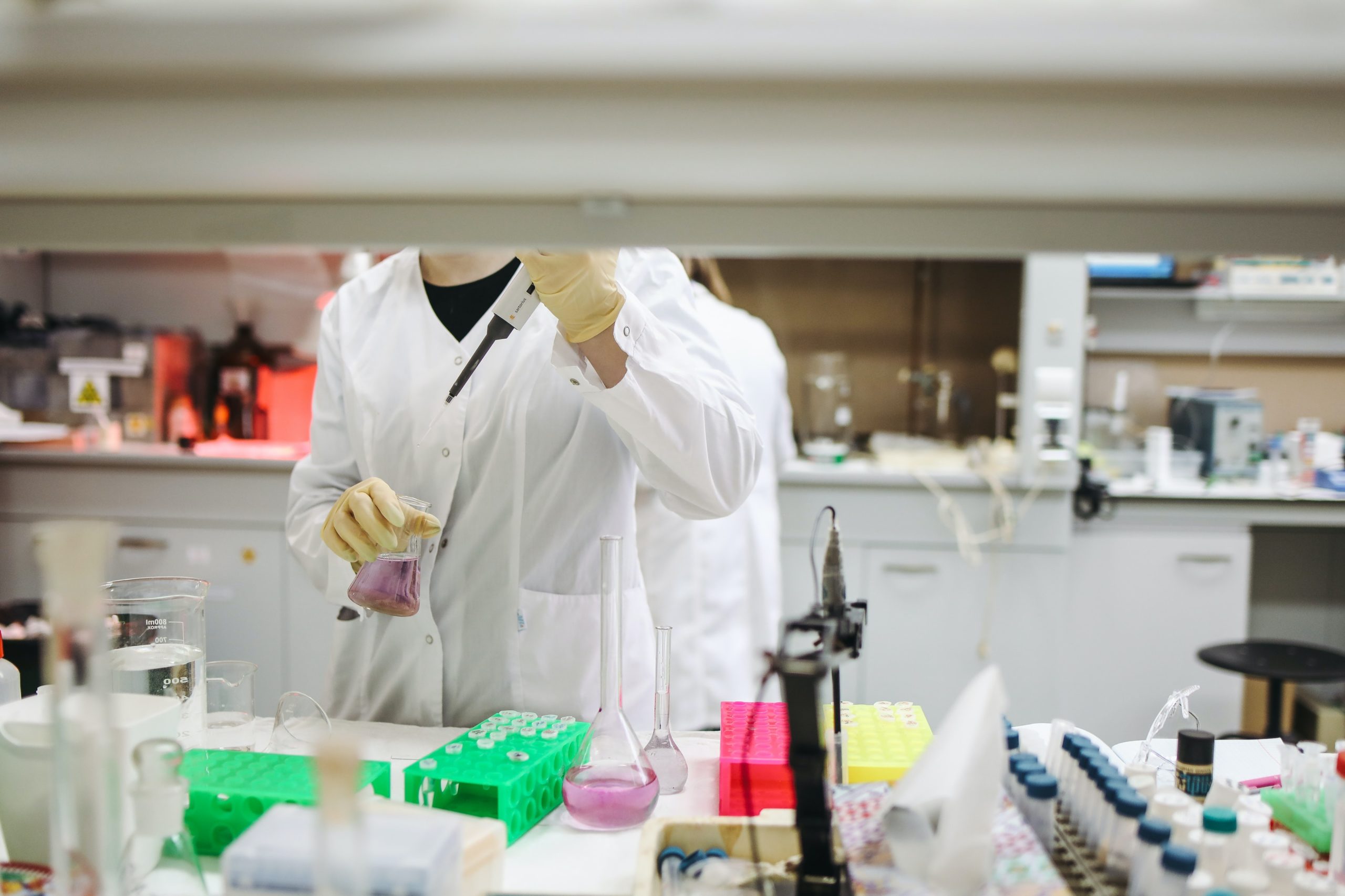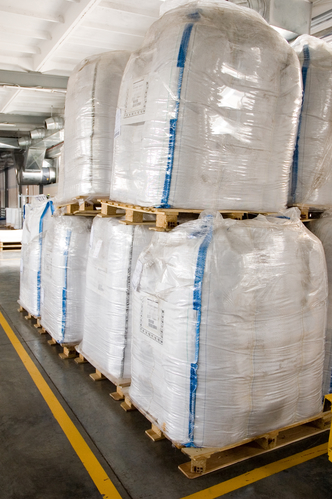
Please find below a list of ASTM standards and testing as part of the Stonehouse Process Safety laboratory testing capabilities. If you would like to inquire or a Request a Quote on ASTM approval or any of the tests listed below, please contact us.
ASTM E1226; Go/No-Go Explosibility Screening – Determines specific conditions under which a dust has the potential to explode or not (Go/No-Go). The results are used to establish if a Dust Hazards Analysis (DHA) is required under NFPA 652.
ASTM E1226; Explosion Severity: Pmax, (dp/dt)max, & Kst – Determines the maximum explosion pressure, the maximum rate of pressure rise, and the dust deflagration index; these values are critical in the design of explosion protection systems.
ASTM E2019: Minimum Ignition Energy (MIE) – Used to establish the minimum electrostatic spark energy to ignite a dust cloud, guiding in selecting appropriate measures and procedures to control electrostatic hazards.
ASTM E1491: Minimum Autoignition Temperature (dust cloud) (MIT) – Identifies the lowest temperature at which a dust cloud auto-ignites; crucial for controlling thermal hazards in process safety (e.g., establishing safe drying temperatures).
ASTM E2021: Hot Surface Ignition Temperature (powder layer) (LIT) – Estimates the minimum temperature at which a dust layer will ignite when in contact with a hot surface and is relevant to the control of hot surfaces, the selection of electrical equipment for Hazardous Areas, and in establishing safe powder drying temperatures.
ASTM E1515: Minimum Explosible Concentration (MEC) – Defines the lowest dust concentration which will support deflagration and is required for dust control strategies.
ASTM E2931: Limiting Oxidant Concentration (LOC) – The minimum concentration of oxygen that supports combustion of a dispersed dust cloud. Used to provide guidance on process vessel inerting and purging practices.
ASTM D4442: (Moisture Content Measurement) – Measures moisture content in powders, which can influence electrostatic properties, combustibility (fire and dust explosion properties) and safe storage conditions.
ASTM D1921: (Particle Size – Sieve Analysis) – Particle size distribution analysis aids in understanding the explosibility risks of dusts and powders. Fine dusts will generally ignite with lower energy sources and will explode with greater pressure/ force.
ASTM D257: Volume Resistivity and Surface Resistivity – These test methods measure electrical resistance of a powder or solid material (e.g., a plastic liner) in two different ways. Both are important in developing a proper understanding and control of electrostatic hazards.
ASTM D257: Charge Relaxation/ Decay Time – Determines how quickly a material can dissipate static charge when in contact with ground. Important for diagnosing electrostatic hazards and devising electrostatic control procedures.
ASTM D257: Electrostatic Chargeability – Ability of a material (liquid, powder, solid) to become electrostatically charged under defined charging conditions. Important for diagnosing electrostatic hazards and devising electrostatic control procedures.
ASTM D3755: Breakdown Voltage: Measures the DC voltage at which a material electrically breaks down, which is used in the assessment and prevention of propagating brush discharges – the most energetic of all electrostatic discharge types in an industrial setting.
ASTM D4308: Liquid Conductivity) – Measures the electrical conductivity of liquids – important for determining static control procedures for liquid handling and safe storage conditions (e.g., safe max flow velocity, container material, safe sampling practices…) to prevent fires and explosions by electrostatic discharges.
ASTM D93: Flash Point – Determines the lowest temperature at which a liquid gives off vapor sufficient to ignite, crucial for flammable liquid safety.
ASTM E659: Auto-Ignition Temperature) – Identifies the temperature at which a material will auto-ignite without an external ignition source, important for process design and safety.
ASTM E681: Limits of Flammability – Determines the lower (LFL) and upper (UFL) flammability limits of gases and vapors, to establish the concentration within which a flammable atmosphere could be present – essential for hazard assessment and control.
ASTM D2879: Vapor Pressure by Isoteniscope) – Determines vapor pressure of volatile substances, relevant to their safe handling and storage.
Other Related Tests/ Standards/ Guidance)
UN Div 4.1 / EPA1030 and related tests (Burning Rate): Evaluates how quickly a material burns, crucial for fire (combustibility) risk assessment and material classification for transport.
UN Test N.4* and DOT/UN Div 5.1: Self-Heating Substances – Basket Test and Oxidizing Solids – These standards evaluate the self-heating and oxidizing properties of substances, guiding safe handling and regulatory compliance (e.g., classification for transport).
OSHA NEP: Percent Combustible Dust/ Material – Helps to carry out an assessment for combustible dust hazards with regard to combustibility and therefore safety compliance.
I.Chem.E. Guidelines: Air Over Layer, Bulk Powder, Aerated Powder – Provide practices for specifying safe powder drying and storage temperatures under different dryer types to prevent fire and dust explosions.
VDI 2263, Part 1: Self-Heating Temperature – Grewer Oven – Determines the lowest temperature at which a bulk material (powder, dust, fiber) will self-heat and potentially ignite.

Get in touch
To learn more about our expertise and services in dust explosion prevention & mitigation, call us at +1 609 455 0001 or email us at [email protected] today.
We also offer tailored virtual and in-company process safety training programs on Dust Explosions, Static Electricity and HAC (Hazardous Area Classification) and more. Find further information here.
* indicates required fields










